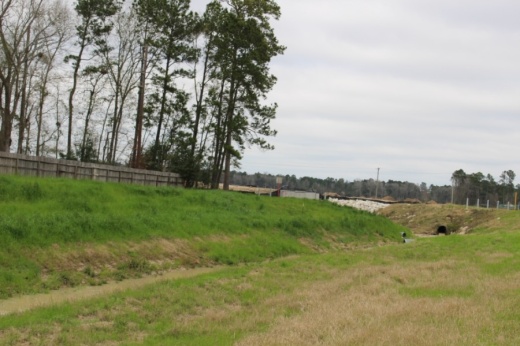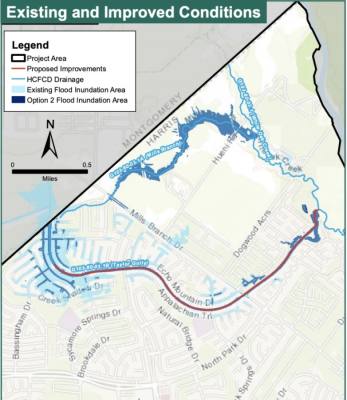The TWDB approved a resolution May 6 to provide almost $22.36 million to the city of Houston—$18.68 million in a loan and $3.67 million in grants—for the city to construct drainage projects, according to a May 6 release from the TWDB.
While $10.1 million will be used in Taylor Gully, the other almost $12.3 million will be used to add roadside ditches, in-line stormwater lines, culverts and other improvements in Wynnewood Acres, a community in northeast Houston. The TWDB funding is from the state's 2020 Flood Infrastructure Fund cycle, which was created by Senate Bill 7 in the 86th Texas Legislature.
As for Taylor Gully, the city of Houston intends to upgrade the conveyance capacity of the channel by widening, deepening and lining it, according to the TWDB release. Taylor Gully, which flows from Bassingham Drive to the confluence of White Oak Creek, has been identified by the Harris County Flood Control District as one of the reasons neighborhoods in the area flooded in May 2019 and Tropical Storm Imelda in September 2019, Community Impact Newspaper reported.
The HCFCD released an analysis of Kingwood drainage channels in October, showing Taylor Gully was one of nine channels in the Kingwood area lacking in channel capacity. According to the report, parts of the channel have a 10-year level of service—significantly less than the 100-year level of service needed to accommodate a 100-year rain event.
The Taylor Gully improvement project was estimated to cost $21.2 million, and officials said it would subtract 387 structures from the flow paths during 100-year storms and lower the risk of flooding for 62 historically flooded structures. The remaining $11.1 million project cost will be shared by flood control district through its 2018 flood infrastructure bond.
According to a May 7 news release from the Houston City Council District E office, the project team will begin designing the project once funds are received from the TWDB. Then officials will begin the permitting phase portion, with an overall design and construction timeline set for three to four years, according to the release.






